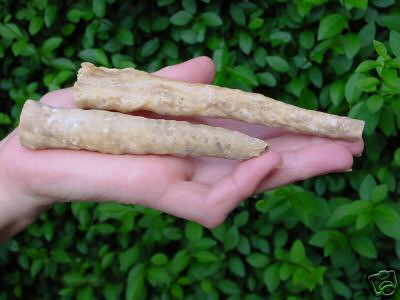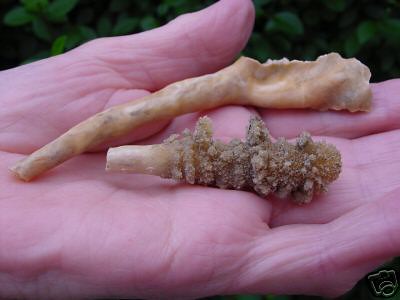axbridgecaver
Member
After making the magnificent sum of £4.99 on his last sale of formations he is at it again -
http://cgi.ebay.co.uk/Rare-Cave-Formed-Double-STALACTITE-specimen-Dorset-UK_W0QQitemZ6638228139QQcategoryZ3220QQrdZ1QQcmdZViewItem
http://cgi.ebay.co.uk/Rare-Cave-Formed-Double-STALACTITE-specimen-Dorset-UK_W0QQitemZ6638228139QQcategoryZ3220QQrdZ1QQcmdZViewItem




